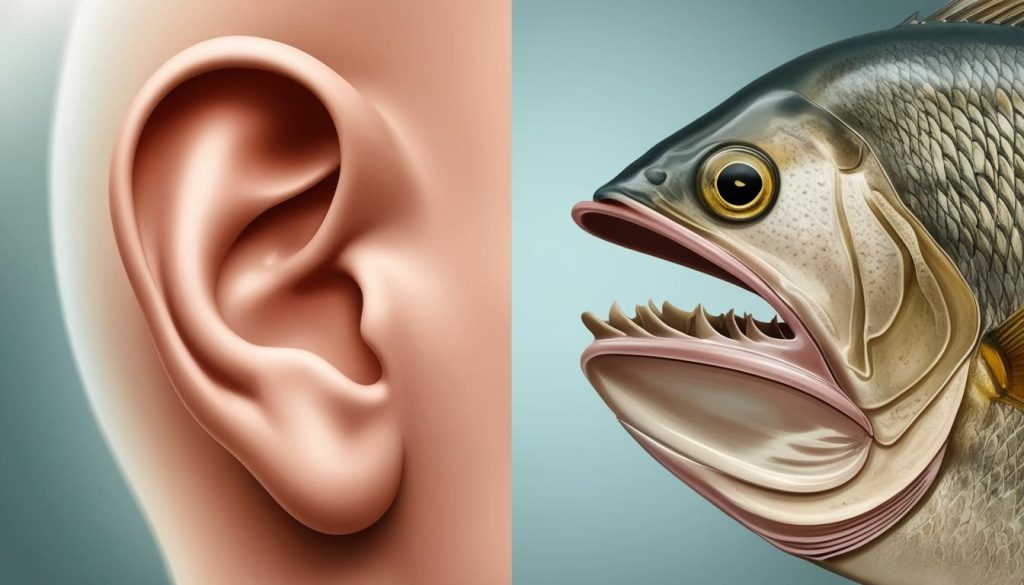**California**: A new study links the mammalian outer ear’s evolutionary origins to ancient fish gills, revealing crucial insights into cartilage adaptation. This research may shed light on ear health today, highlighting the importance of routine check-ups and proper earwax management for auditory well-being.
A recent study published in Nature by researchers from the Keck School of Medicine of USC has unveiled intriguing insights into the evolutionary origins of the mammalian outer ear, linking it to the gills of ancient fish. This research highlights how anatomical structures can undergo significant adaptation over millions of years to acquire new functions.
The study investigates the relationship between elastic cartilage found in mammalian ears and a similar rare tissue characteristic of fish gills. To establish this connection, scientists employed gene enhancers—specific DNA sequences responsible for the regulation of tissue development.
In an experimental setup, when human ear enhancers were introduced into zebrafish, these enhancers activated distinctly in the gills, indicating a direct relationship between the two structures. Conversely, the enhancers from zebrafish gills expressed themselves in the outer ears of genetically modified mice, conveying the notion that these developmental pathways have evolved from a common ancestral origin.
The research traced the evolutionary presence of elastic cartilage across different species, noting its transition from gills to the ear canal in reptiles, an evolutionary journey resulting in the distinct outer ears observed in mammals today. The emergence of this cartilage is believed to have occurred over 400 million years ago, originating with marine invertebrates such as horseshoe crabs.
Gage Crump, the study’s lead author and a professor of stem cell biology and regenerative medicine at the Keck School, expressed the essence of their research, saying, “When we started the project, the evolutionary origin of the outer ear was a complete black box.” He continued, reflecting on their initial inquiry into fish development, “This made us wonder whether the cartilaginous outer ear may also have arisen from some ancestral fish structure.”
This evolutionary perspective on ear anatomy not only deepens the understanding of mammalian biology but also sets the stage for further exploration into the functions and health of the auditory system in humans today. The complexities of ear anatomy are critical when considering ear health, which can be influenced significantly by various factors including lifestyle choices, environmental conditions, and age-related changes.
Attention to ear health is paramount, with studies highlighting the significance of regular check-ups with regulated hearing professionals. Routine examinations facilitate the early detection of issues, allowing for timely interventions and safe management techniques.
In particular, earwax plays an essential role in maintaining ear health, as it acts as a barrier to protect the ear canal from pathogens, dust, and potential injury. However, improper removal can lead to risks such as ear infections or hearing loss. Traditional methods of earwax removal, such as syringing, have been largely supplanted by aural microsuction, a safer and more effective technique. Aural microsuction allows specialists to remove excess wax from the ear canal while minimising potential damage to the sensitive structures within the ear.
As studies investigate how global factors—such as stress levels, relaxation, and even the impacts of events like the COVID-19 pandemic—affect hearing health, an awareness of these influences becomes crucial. The interaction of lifestyle, environmental elements, and biological factors continues to shape the ongoing conversation surrounding ear health and the importance of safeguarding this vital sense.
In summary, the ongoing research into the evolutionary roots of the outer ear presents a fascinating narrative that underpins the intricacies of ear health today, driving the need for informed practices surrounding earwax management and regular professional check-ups.
Source: Noah Wire Services





